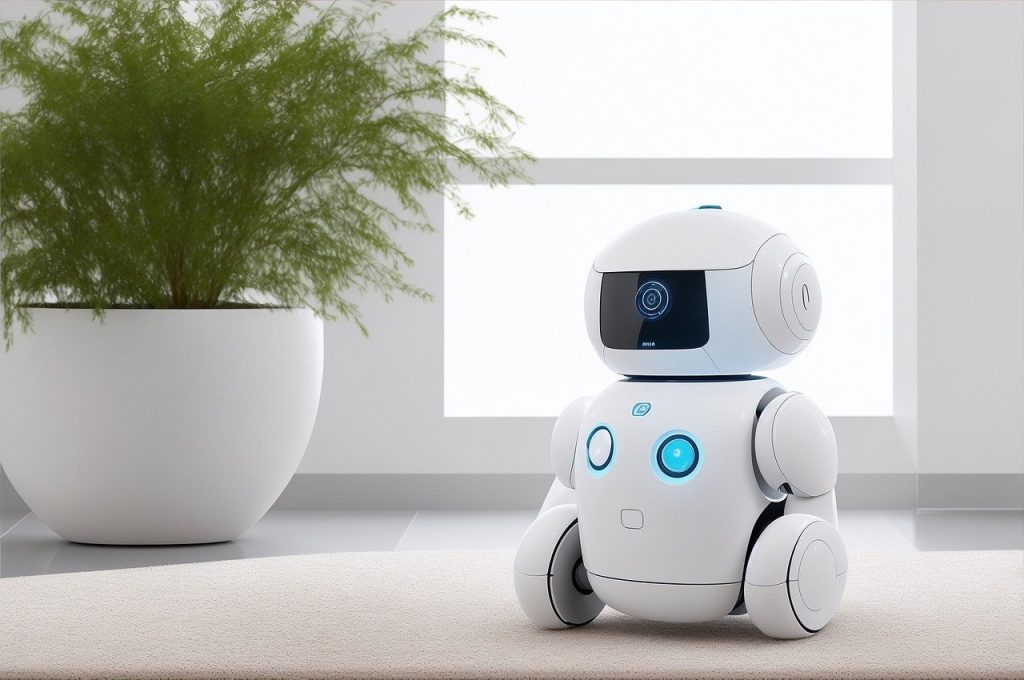
As the world becomes more connected, the demand for faster, more intelligent devices continues to grow. The Internet of Things (IoT) and the expansion of 5G networks have generated vast amounts of data at the edge of the network. In response, edge computing has become a vital technology, processing data closer to its source and reducing latency.
However, the true revolution lies in the integration of artificial intelligence (AI) with edge computing, resulting in faster and more efficient devices. This post details what edge computing is, how AI is transforming edge computing, and the industries that are benefiting from AI-driven edge computing.
What Is Edge Computing?
Before exploring the impact of AI on edge computing, it’s important to understand what edge computing is. Unlike traditional cloud computing, which processes data in centralized data centers, edge computing processes data locally, either on the device or at nearby edge nodes. This local data processing reduces the need for constant communication with the cloud, lowering latency and improving response times.
Edge computing is crucial for applications requiring real-time data analysis, such as autonomous vehicles, industrial automation, and remote healthcare monitoring. However, its potential is exponentially greater when paired with AI, creating powerful opportunities for innovation.
How AI is Transforming Edge Computing
AI is enhancing edge computing by enabling devices to process data and learn, make decisions, and adapt autonomously. This fusion of AI and edge computing leads to more intelligent devices capable of greater performance. Here’s how AI is driving change:
Real-Time Decision Making
One of AI’s most significant contributions to edge computing is enabling real-time decision-making. Traditionally, large volumes of data would be sent to the cloud for processing, leading to delays. For critical applications (such as autonomous vehicles), milliseconds of delay can make all the difference.
With AI integrated into edge computing, data is processed and analyzed instantly, allowing devices to make split-second decisions. For example, AI-driven edge computing enables an autonomous car to process sensor data in real-time and navigate complex environments safely.
Improved Energy Efficiency
AI is also making edge devices more energy-efficient. Since many edge devices (such as sensors and mobile gadgets) operate on limited power, AI algorithms can intelligently manage power consumption based on the workload.
AI helps optimize resources by determining when to process data locally and when to offload tasks to the cloud, reducing unnecessary energy usage while maintaining optimal performance.
Enhanced Security
Security is a top concern for edge computing, as sensitive data is often processed on local devices. AI can help by detecting potential security threats in real-time. AI algorithms monitor devices and data traffic anomalies, identifying possible breaches before they become serious problems. This capability is particularly important for industries like healthcare and finance, where protecting sensitive information is critical.
Personalized User Experiences
AI’s ability to learn and adapt leads to personalized experiences for users. Devices equipped with AI can analyze behavior and preferences to deliver tailored solutions.
For instance, AI-powered edge devices in smart homes can learn a user’s daily routine and automatically adjust lighting, temperature, and security settings based on habits and preferences. This immediate, personalized response is only possible because AI processes data directly on the device, responding to real-time changes in the environment.
Industries Benefiting from AI-Driven Edge Computing
This combination of AI and edge computing is already making a significant impact across multiple industries. Here are a few examples:
1. Manufacturing
In smart factories, AI-driven edge computing enables predictive maintenance. By analyzing sensor data in real-time, AI helps detect machine issues before they cause downtime, improving operational efficiency and reducing costs.
2. Healthcare
In healthcare, AI at the edge enables remote monitoring of patients. Devices like wearables and medical sensors process data locally, sending critical information to medical professionals in real-time. This ensures timely diagnosis and treatments, especially in rural or underserved areas.
3. Retail
Retailers are using AI-powered edge computing to improve customer experiences. AI algorithms can analyze stored data–such as foot traffic and sales patterns in real-time. It also has the capability to optimize inventory or provide personalized product recommendations to customers.
4. Telecommunications
With the rise of 5G, telecommunications companies are integrating AI into their edge networks to manage data traffic more efficiently. This results in faster, more reliable services and improved customer experiences.
This technology is not limited to traditional industries alone, platforms like Gavel are leveraging this latest tech to streamline document processing. This platform helps legal professionals and businesses to automate document workflows, reducing the time and effort required to manage complex PDF files.
Endnote
AI is revolutionizing edge computing by making devices faster, smarter, and more efficient. From real-time decision-making to improved energy efficient and enhanced security, AI-powered edge devices are transforming industries like healthcare, manufacturing, and telecommunications.

